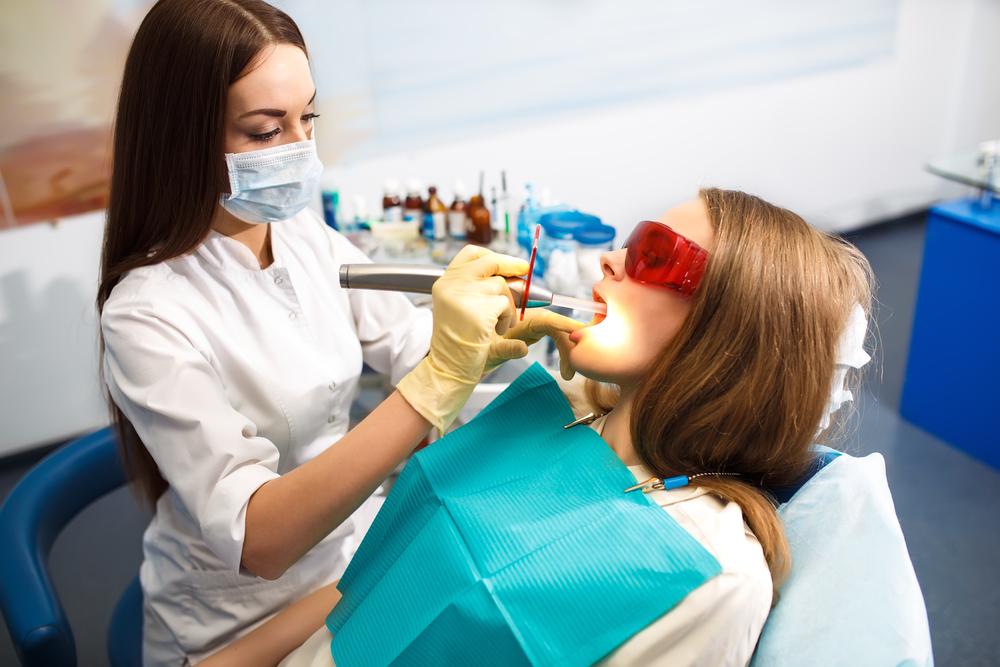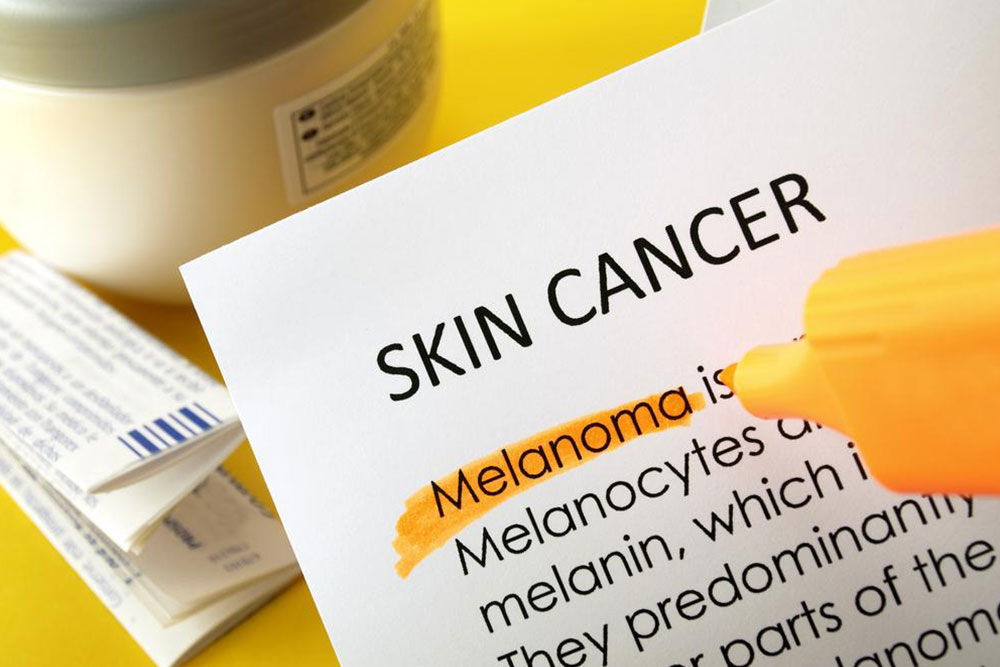Understanding Swollen Neck Glands: Causes and Treatment Options
This article explains the causes of swollen neck glands, including infections, autoimmune issues, and cancer. It highlights symptoms to watch for, when to seek medical attention, and treatment options like antibiotics, chemotherapy, and anti-inflammatory medications. Early diagnosis is crucial for effective management, especially if symptoms persist or worsen. Understanding these symptoms can help in timely intervention and better health outcomes.

Understanding Swollen Neck Glands: Causes and Treatment Options
Reasons for Swollen Glands in the Neck and How to Treat Them
A lump on the neck can be worrying. These enlarged glands, known as lymph nodes, can appear at the front or sides of the neck. Lymph nodes are tiny clusters of white blood cells (WBCs) found throughout the body, especially in the neck, armpits, and groin. When infection strikes, these nodes swell as they work to fight off pathogens, leading to inflammation and enlargement.
The swollen lymph nodes form a mass called a neck lump. Usually, these lumps are tender but not painful, sometimes accompanied by discomfort during movement or bending. In this article, we explore common causes, when to seek medical advice, and possible treatment options.
What conditions lead to swollen neck glands?
Ear infections, throat infections like strep throat, sinusitis, tonsillitis, mouth ulcers, or infected teeth.
Autoimmune diseases such as rheumatoid arthritis and lupus.
Cancers like lymphoma or leukemia affecting lymph nodes.
Serious illnesses like HIV/AIDS.
STDs such as syphilis and gonorrhea.
Other conditions including measles, toxoplasmosis, tuberculosis, gingivitis, and cat scratch disease.
Additional symptoms often seen with swollen neck glands include:
Coughing and nasal congestion; cough may be dry or mucus-producing.
Fever, chills, muscle aches.
Persistent fatigue and night sweats.
When should you consult a doctor?
If swelling persists beyond a week.
If the lump is firm and immovable.
Swelling appears in other areas like armpits or groin.
Fever, cough, or night sweats accompany the lump.
Unexplained weight loss occurs.
Skin around the lump changes color.
The lump is painful or tender.
Diagnosing neck lumps involves:
Physical examination where the doctor feels the lump.
Questions about pain duration and related symptoms.
Further tests like biopsy, PET scan, or CT scan to determine cause and extent.
Treatment methods depend on the cause:
Most infections are treated with antibiotics and rest.
Cancerous lumps may require chemotherapy or radiation.
Immune disorders causing swelling often respond to anti-inflammatory medications.










